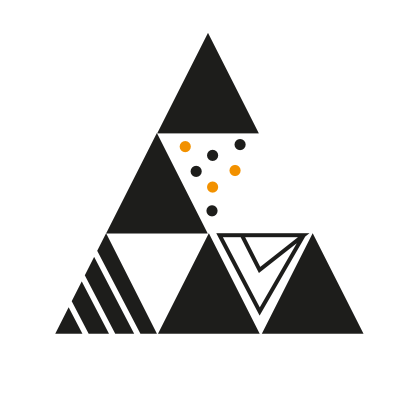
Indigo
Natural indigo is most commonly obtained from the Indigofera plant, native to the tropics, notably the Indian subcontinent. The primary commercial indigo species in Asia was true indigo (Indigofera tinctoria, also known as I. sumatrana). A variety of plants have provided indigo blue throughout history.
A common alternative used in the relatively colder subtropical locations such as Japan’s Ryukyu Islands and Taiwan is Strobilanthes cusia.
Dyer’s knotweed (Polygonum tinctorum) was the most important blue dye in East Asia until the arrival of the Indigofera species from the south, which yield more dye.
In Central and South America, the species grown is anil.
In Europe woad containing the same dye was used for blue-dying. Several plants contain indigo, but low concentrations make them difficult to work with and the color is then more easily tainted by other dye substances, typically leading to a greenish tinge.
Extraction
The precursor to indigo is indican, a colorless, water-soluble derivative of the amino acid tryptophan. Indican readily hydrolyzes to release β-D-glucose and indoxyl. Oxidation by exposure to air converts indoxyl to indigo. Indican was obtained from the processing of the plant’s leaves, which contain as much as 0.2–0.8% of this compound. The leaves were soaked in water and fermented to convert the glycoside indican present in the plant to the blue dye indigotin.[2] They precipitate from the fermented leaf solution was mixed with a strong base such as lye, pressed into cakes, dried, and powdered. The powder was then mixed with various other substances to produce different shades of blue and purple.
Several species, especially Indigofera tinctoria and Indigofera suffruticosa, are used to produce the dye indigo. Scraps of Indigo-dyed fabric likely dyed with plants from the genus Indigofera discovered at Huaca Prieta predate Egyptian indigo-dyed fabrics by more than 1,500 years.
The chemical aniline, from which many important dyes are derived, was first synthesized from Indigofera suffruticosa (syn. Indigofera anil, whence the name aniline).
In Indonesia, the Sundanese use Indigofera tinctoria (known locally as tarum or nila) as dye for batik. Marco Polo was the first to report on the preparation of indigo in India. Indigo was quite often used in European easel painting during the Middle Ages.

